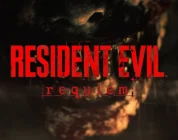Prime Directives, Retro Chrome
In a gaming era dominated by battle royales, roguelikes, and soulsborne pain fests, RoboCop: Rogue City feels like a steel-plated love letter to a simpler time, when justice was blunt, explosive, and delivered by a man in a titanium jawline. Developed by Teyon and published by Nacon, Rogue City plants you right in the titanium boots of Alex Murphy, aka RoboCop, a character born in 1987 and rebooted here with more conviction (and Peter Weller) than ever.
This isn’t your typical tie-in nostalgia trip. While Teyon’s earlier efforts (Terminator: Resistance) showed promise, RoboCop: Rogue City hits a new level of ambition. Set between RoboCop 2 and 3, the game drops you into the broken bones and busted neon of Old Detroit, an open-ended city that’s begging to be cleaned up, one shell casing at a time.
But this isn’t all bullet ballet. What Rogue City offers is a hybrid of first-person firepower, classic investigation work, and moral decision-making, with a surprisingly robust narrative system wrapped around all the pew pew. You’re not just here to shoot first and quote catchphrases later (though you’ll do plenty of both), you’re here to solve problems… or maybe just crush them with your metal fists.
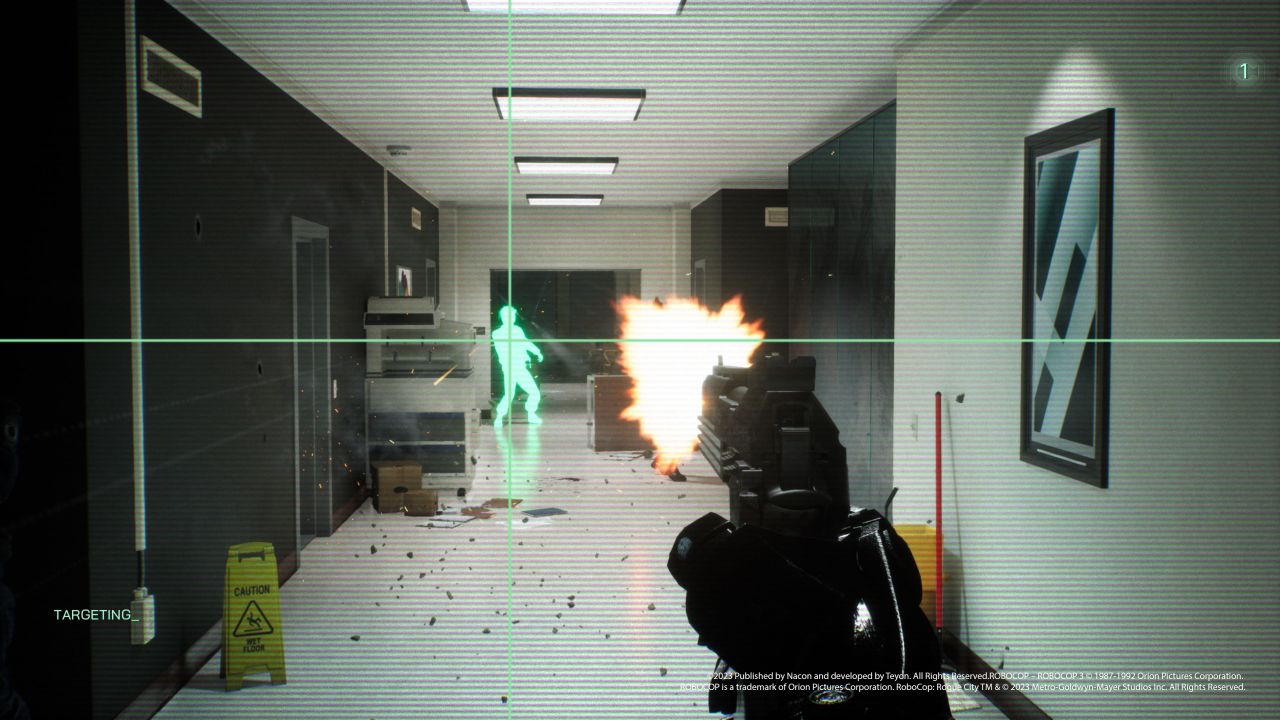 And yes, Peter Weller, the original voice and face of RoboCop, is back. It’s not just fan service, it’s a statement: this is the RoboCop game we’ve been waiting decades for.
And yes, Peter Weller, the original voice and face of RoboCop, is back. It’s not just fan service, it’s a statement: this is the RoboCop game we’ve been waiting decades for.
Steel-Plated Noir: A City Held Hostage
Old Detroit isn’t just a backdrop, it’s a broken character in its own right. The game captures the dystopian satire of the RoboCop films with grimy neon streets, rundown police stations, and corporations wielding more power than politicians. Teyon smartly dials up the ‘80s cyber-noir charm, with decaying skyscrapers and rusted-out storefronts that feel ripped right from Paul Verhoeven’s vision. From the moment you patrol your first alley to the final explosive standoff, the tone screams gritty, corrupt, and strangely believable.
Between Sequels, Between the Lines
Narratively, Rogue City carves out its own story between RoboCop 2 and 3, introducing an all-new antagonist who threatens not just public safety, but RoboCop’s own programming. There’s a conspiracy brewing beneath the surface, one that intertwines corrupt officials, rogue AI elements, and classic OCP meddling. It’s a compelling web of deceit, and the game isn’t afraid to let you tug at the threads at your own pace.
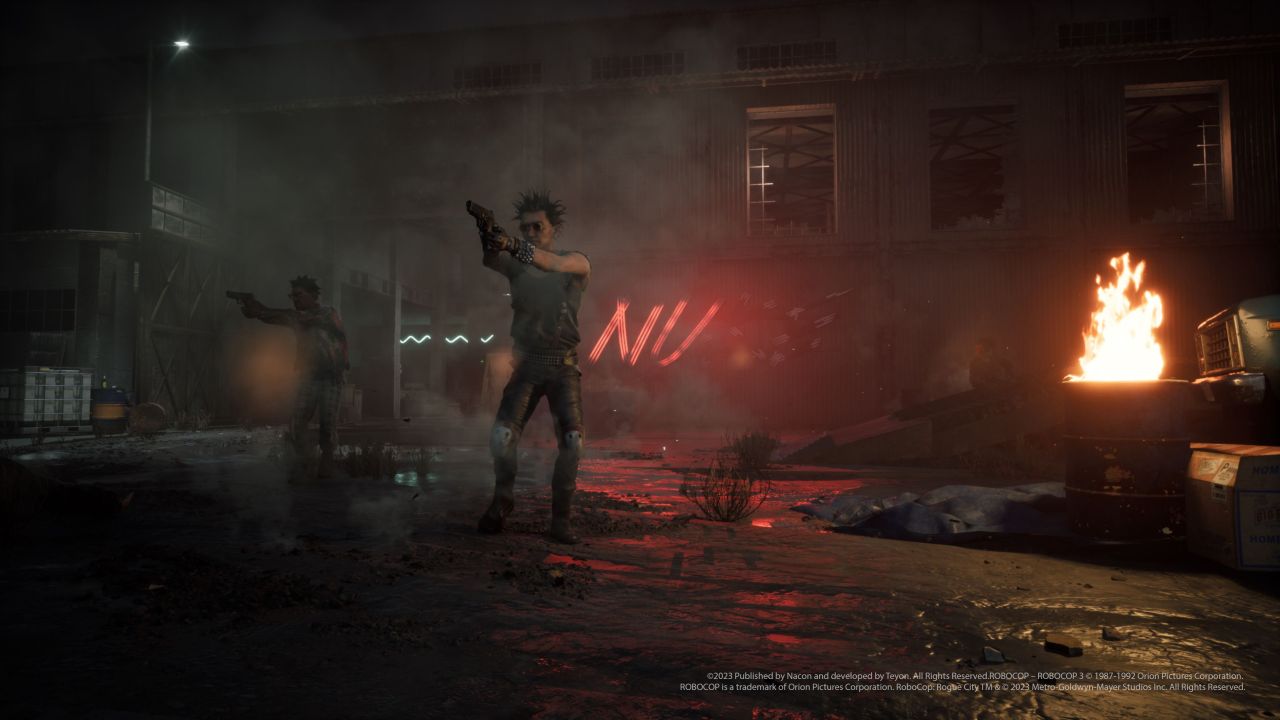 A Familiar Chrome Jaw Returns
A Familiar Chrome Jaw Returns
What sells the story even more is Peter Weller’s return as RoboCop. His vocal performance is surprisingly sharp, injecting the character with just the right mix of cold authority and simmering humanity. There’s a real effort to give Murphy moments of reflection, questioning his decisions, his identity, and the city he’s meant to protect. You’re not just a gun with legs; you’re a conflicted soul in a body built for war.
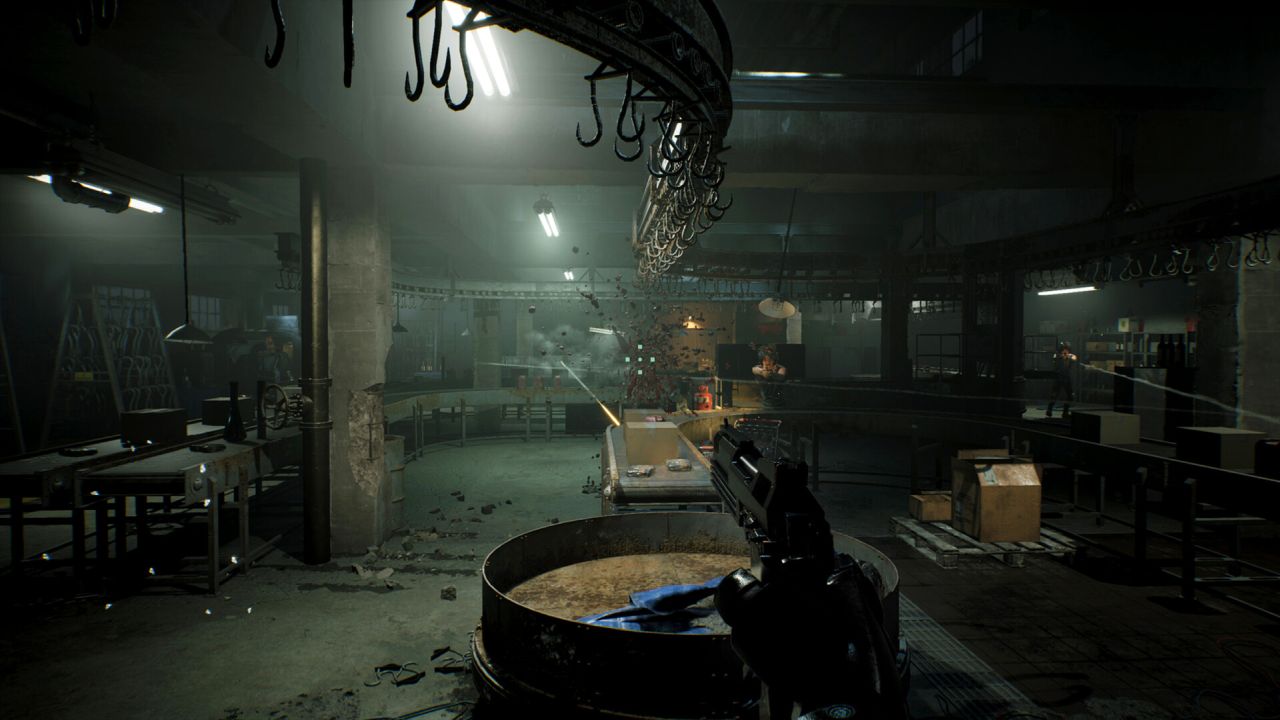 Crimes of the Heart and Circuit
Crimes of the Heart and Circuit
Throughout the story, you’ll be presented with moral dilemmas that shape both the city and your character. Do you issue citations or warnings? Help victims or pursue leads? These aren’t just flavor text choices either, Rogue City remembers your decisions. Civilians might greet you with admiration or fear later based on your prior actions. It’s a subtle but powerful touch that makes Old Detroit feel reactive, not just interactive.
The Prime Directives of Gameplay
At its mechanical core, RoboCop: Rogue City is a gritty, slow-burn first-person shooter with deliberate pacing that makes you feel every inch of RoboCop’s 400-pound titanium frame. Unlike twitchy shooters built on speed, Rogue City celebrates momentum. You’re not sprinting through hallways, you’re stomping down them with the unstoppable weight of justice itself.
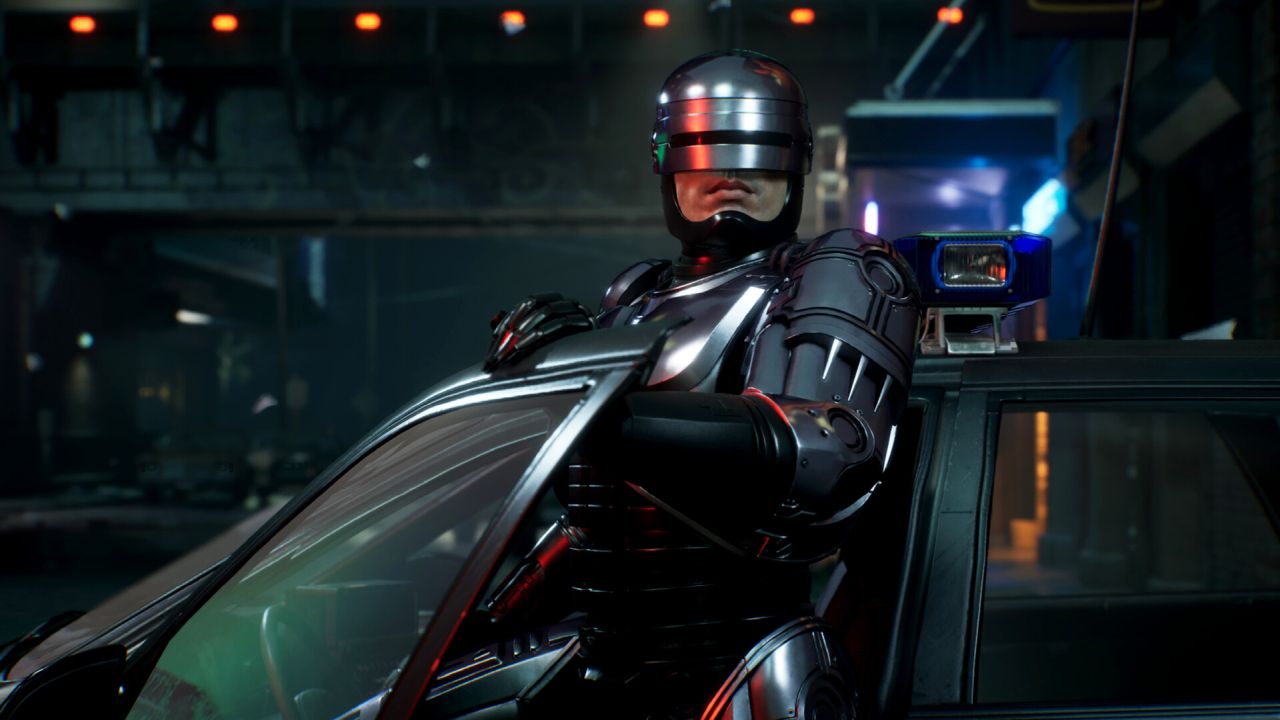 The shooting feels satisfyingly heavy. RoboCop’s iconic Auto-9 pistol returns with its thunderous punch, complemented by an arsenal of over 20 weapons ranging from riot shotguns to experimental pulse cannons. Each gun has its own weight and punch, and RoboCop’s targeting system allows for precise limb dismemberment (yes, criminals can be kneecapped for fun and justice). The satisfying crunch of metal-on-bone echoes through every firefight.
The shooting feels satisfyingly heavy. RoboCop’s iconic Auto-9 pistol returns with its thunderous punch, complemented by an arsenal of over 20 weapons ranging from riot shotguns to experimental pulse cannons. Each gun has its own weight and punch, and RoboCop’s targeting system allows for precise limb dismemberment (yes, criminals can be kneecapped for fun and justice). The satisfying crunch of metal-on-bone echoes through every firefight.
Cybernetic Upgrades and Human Choices
Between missions, you’ll spend time allocating skill points across a robust upgrade tree. You can buff RoboCop’s strength to punch down doors (and criminals), enhance your targeting systems for better combat accuracy, or even improve social skills to unlock more persuasive interrogation options. There’s a delightful blend of brute force and detective finesse here, imagine if Deus Ex and Doom had a law-abiding baby.
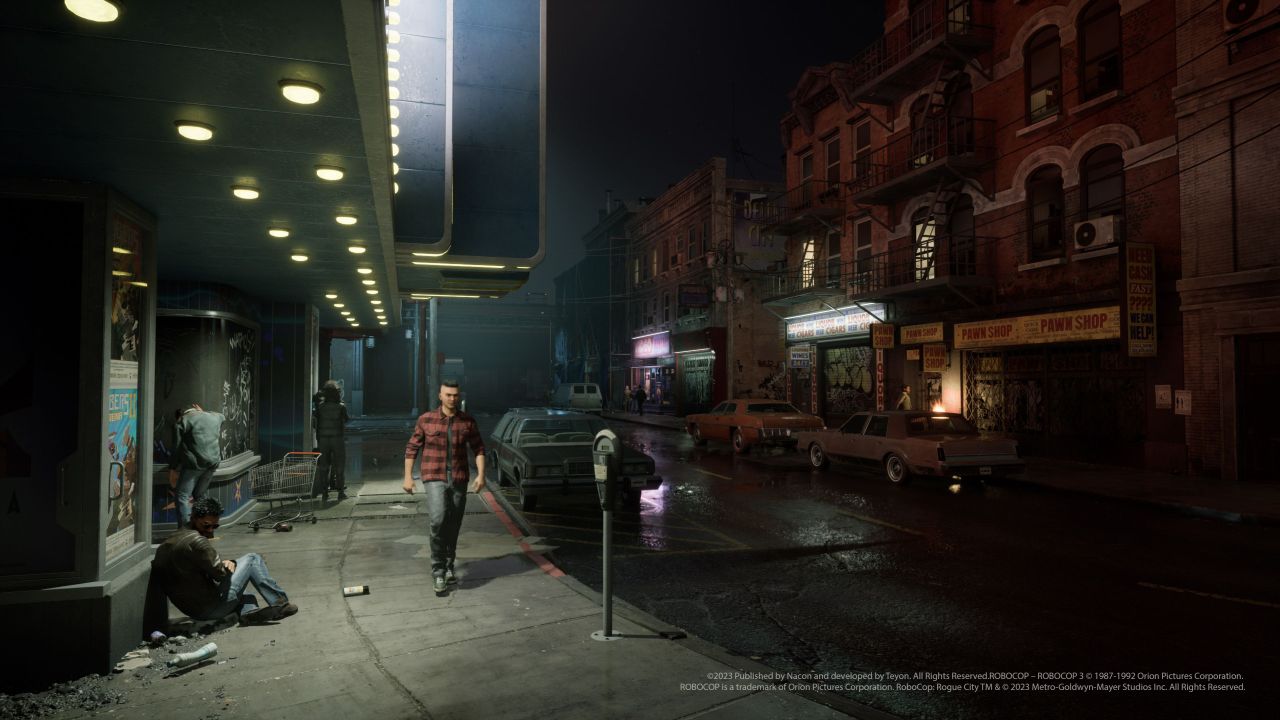 Choices extend beyond dialogue, too. Investigating crime scenes, analyzing bullet trajectories, or using your infrared vision to uncover secrets adds layers of depth that reward observant players. There’s a genuine sense of agency as you decide how to tackle missions. Do you go full Terminator and clean house? Or channel your inner Sherlock and piece together conspiracies? The game lets you do both, often within the same mission.
Choices extend beyond dialogue, too. Investigating crime scenes, analyzing bullet trajectories, or using your infrared vision to uncover secrets adds layers of depth that reward observant players. There’s a genuine sense of agency as you decide how to tackle missions. Do you go full Terminator and clean house? Or channel your inner Sherlock and piece together conspiracies? The game lets you do both, often within the same mission.
A Day on the Beat in Old Detroit
While you’ll spend plenty of time gunning down street thugs, you’re still a cop, and that means ticketing illegally parked cars, responding to domestic disputes, and keeping the peace. It sounds mundane, but the game cleverly uses these quieter moments to build immersion and contrast. Teyon allows RoboCop to be more than just a weapon, he’s also a public servant. And weirdly enough, writing parking tickets in a dystopian hellscape never gets old.
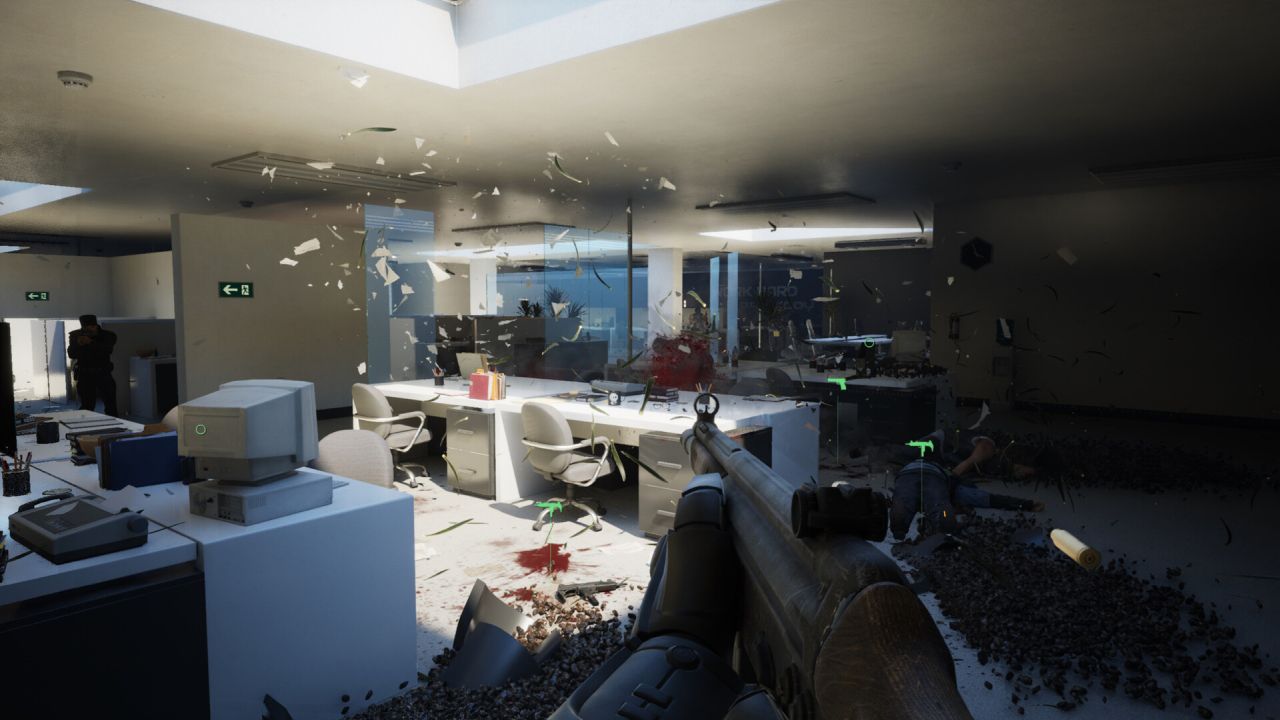 Crime-Fighting With Purpose
Crime-Fighting With Purpose
Missions are mostly open-ended, often set in semi-linear hubs that encourage exploration. You’ll hunt for hidden evidence, take detours to rescue civilians, and occasionally make decisions that ripple through later acts. It’s not quite Mass Effect, but it gives the narrative a satisfying weight. Side quests are surprisingly robust, and some are emotionally resonant, such as a subplot involving a grieving widow whose husband died in a suspicious factory accident.
Programmed to Serve, Not to Play Online
RoboCop: Rogue City is strictly a single-player affair, and frankly, that’s the right call. There’s no multiplayer, no co-op mode, and no online leaderboards. You’re not here to teabag cybercriminals with your friends, you’re here to deliver justice solo, one stomp at a time.
That said, what it lacks in social features, it makes up for in replayability. The branching choices and moral decisions throughout the campaign can significantly alter outcomes. Will you play the uncompromising law enforcer? Or a more understanding, flexible RoboCop who prioritizes citizens’ wellbeing over protocol? These narrative forks, along with optional side missions and alternate dialogue paths, give reason to revisit Old Detroit more than once.
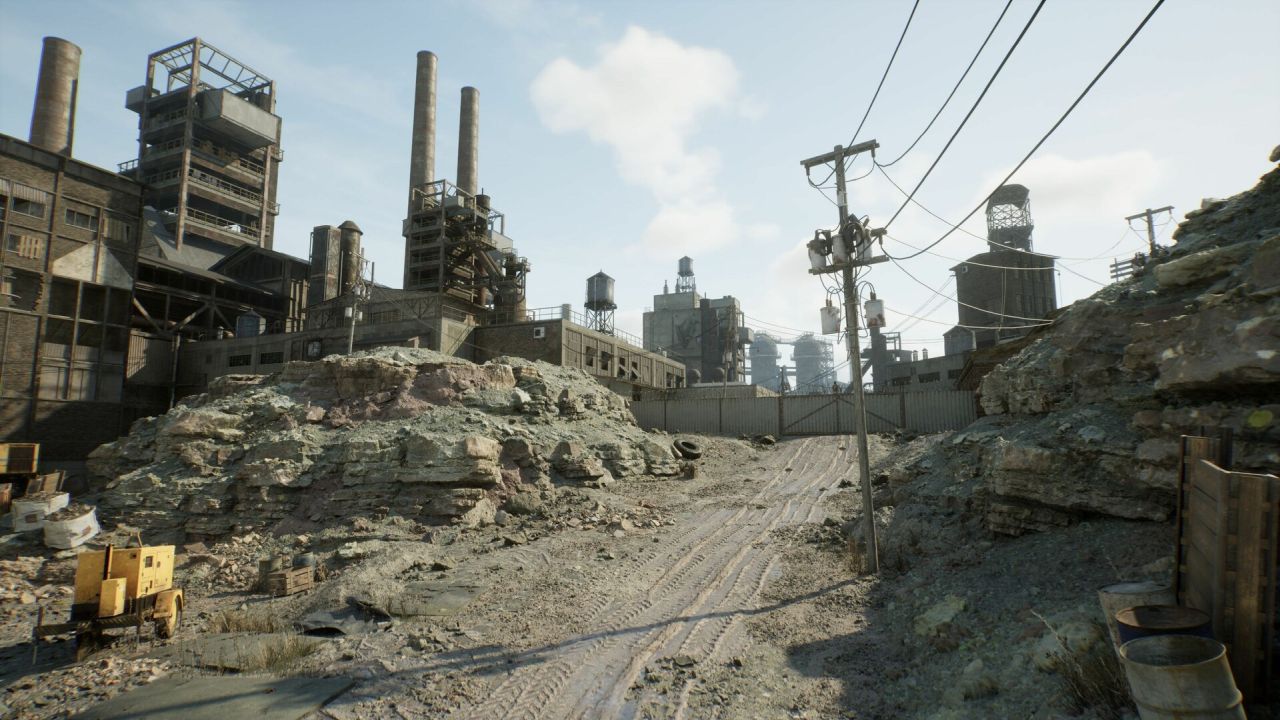 Plus, the robust skill tree means you’ll want to try different builds. Maybe your first run focused on brute strength and ballistics, next time, invest in persuasion and investigation to see how much smoother (or messier) missions can get. There’s real variety in how you shape RoboCop’s justice delivery system.
Plus, the robust skill tree means you’ll want to try different builds. Maybe your first run focused on brute strength and ballistics, next time, invest in persuasion and investigation to see how much smoother (or messier) missions can get. There’s real variety in how you shape RoboCop’s justice delivery system.
Final Verdict: Dead or Alive, You’re Buying This Game
RoboCop: Rogue City is far more than a nostalgic cash grab. It’s a surprisingly deep, methodical shooter with just the right amount of camp and chrome polish. The writing is smart, the action feels appropriately heavy, and the moral dilemmas give it unexpected gravitas. It’s not just fan service, it’s fan fulfillment.
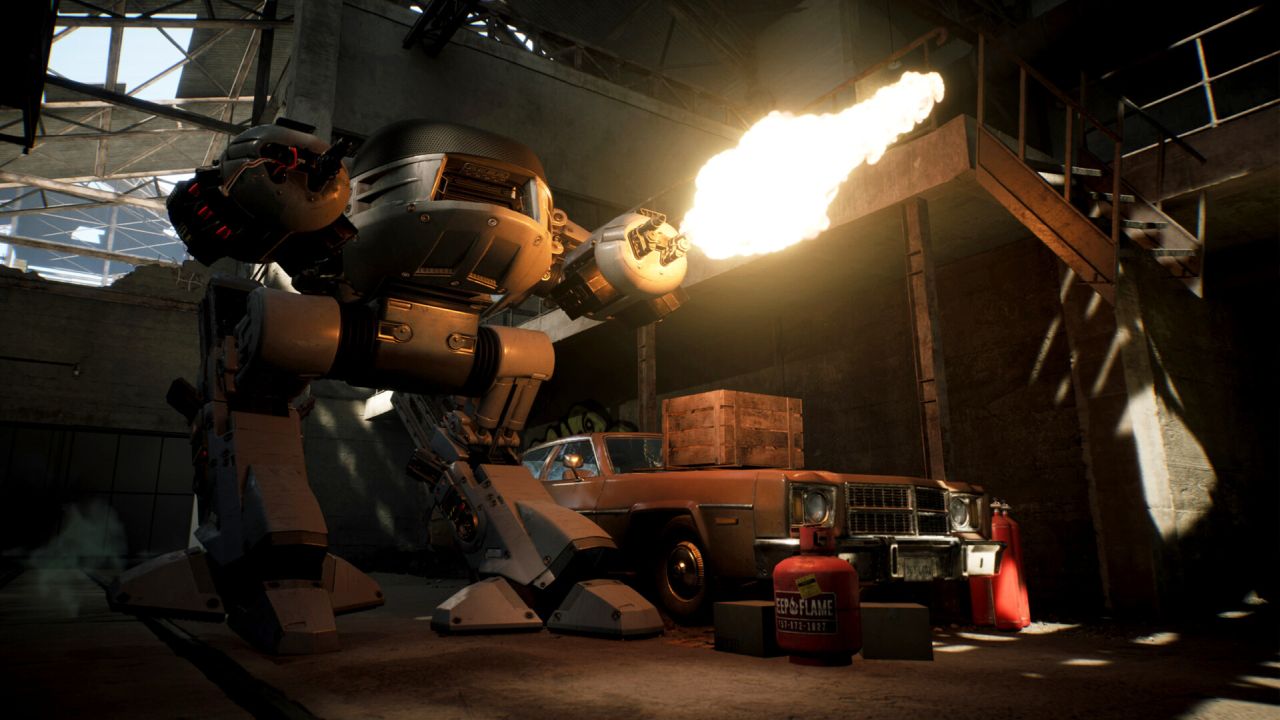 Sure, some may find the pacing a little deliberate (read: RoboCop doesn’t sprint), but the game leans into that by making you feel like a damn tank. If you’ve ever wanted to stomp through crime scenes delivering monotone justice with a side of explosive collateral damage, this game checks all the right directives.
Sure, some may find the pacing a little deliberate (read: RoboCop doesn’t sprint), but the game leans into that by making you feel like a damn tank. If you’ve ever wanted to stomp through crime scenes delivering monotone justice with a side of explosive collateral damage, this game checks all the right directives.
Not every decision lands perfectly, and a few bugs might remind you of Old Detroit’s less-than-ideal infrastructure, but the overall package is strong, consistent, and full of heart, metallic though it may be.
We prepared this review with a closed beta copy of the RoboCop: Rogue City for the PS5 version provided by Nacon PR.



